Kiwifruits
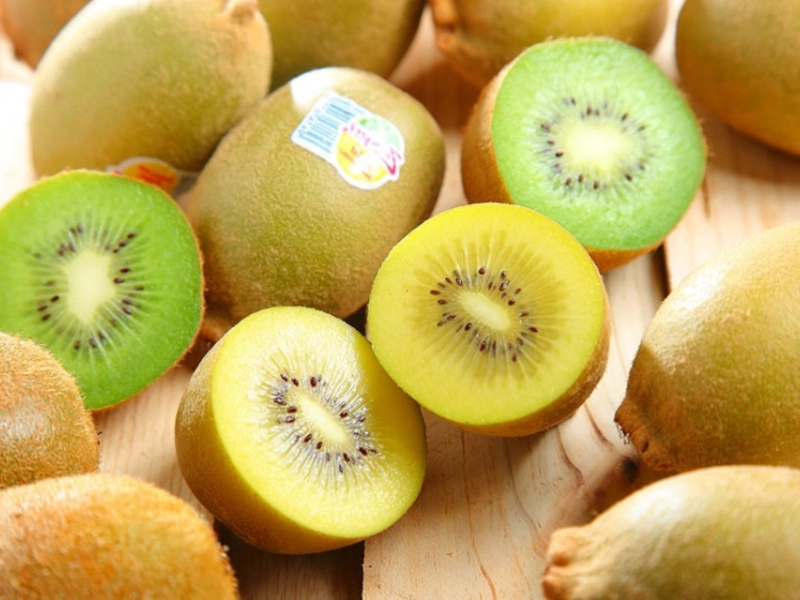
Kiwis are little fruits that pack a nutritional punch. They contain a lot of vitamin C, which boosts immunity and reduces illness risk. Additionally, they have lutein, an antioxidant that could lower blood pressure.
Researchers showed that eating the fruit for eight weeks significantly reduced office and ambulatory 24-hour systolic and diastolic blood pressure levels compared with the control group. Participants in the trial were allocated to either consume three kiwis or an apple a day. Higher potassium intake, higher vitamin C, enhanced endothelium function mediated by lutein, and suppression of ACE activity were identified as the causes of the kiwifruit's lowering effects.
Try incorporating sliced kiwi into your preferred smoothies or salads. Additionally, they can be mixed into homemade marinades for fish, poultry, and meat, as well as salad dressings.
Bell peppers in red

Bell peppers are a mainstay in salads, omelets, and other dishes. They are also a wonderful source of potassium, folate, and vitamin C. Additionally, they include a substance called capsanthin, which works by inhibiting specific kidney receptors to help reduce blood pressure.
As a diuretic, vitamin C aids in the body's removal of extra fluid. Moreover, it lowers homocysteine levels, a sign of heart disease.
Nitrates found in leafy greens like kale, cabbage, collard greens, and spinach have been demonstrated to lower systolic blood pressure. Consider roasting them in the oven, sautéing them as a side dish, or adding them to soups.
Tomato
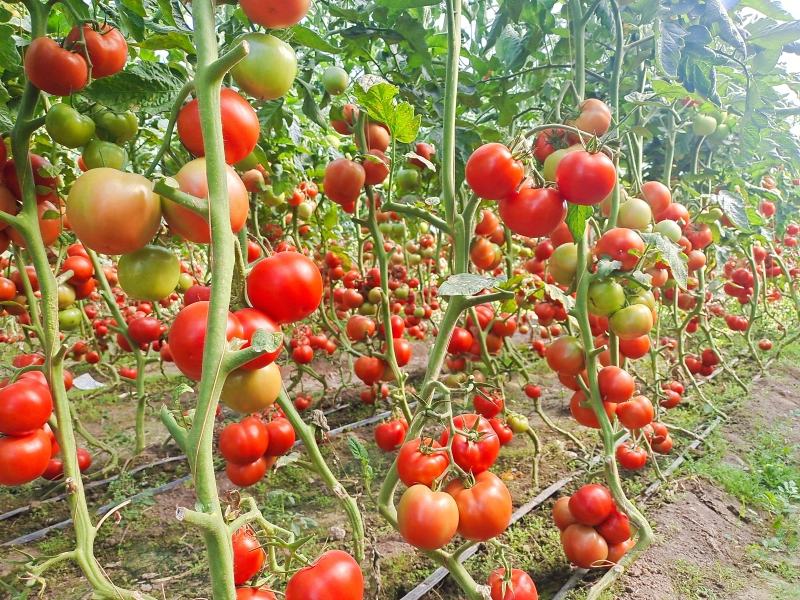
A significant portion of the body's lycopene, an antioxidant that helps lower free radicals that might cause heart disease, comes from tomatoes and tomato-based products. They also have a healthy amount of fiber, potassium, and vitamins A and C. Lycopene has potential benefits for the immune system, inflammation reduction, and the prevention of age-related eye disorders.
Hypertension, also known as high blood pressure, strains your blood vessels and other essential organs and can cause major issues, including kidney damage, heart disease, and strokes. Because they are high in the carotenoid pigment lycopene, tomatoes may help decrease blood pressure. Tomatoes can be added to soups and sauces or eaten raw on salads. Tomatoes and tomato-based products are rich in potassium and low in calories. In a recent study, participants' blood pressure decreased after consuming a glass of unsalted tomato juice every day for a year.
Green beans
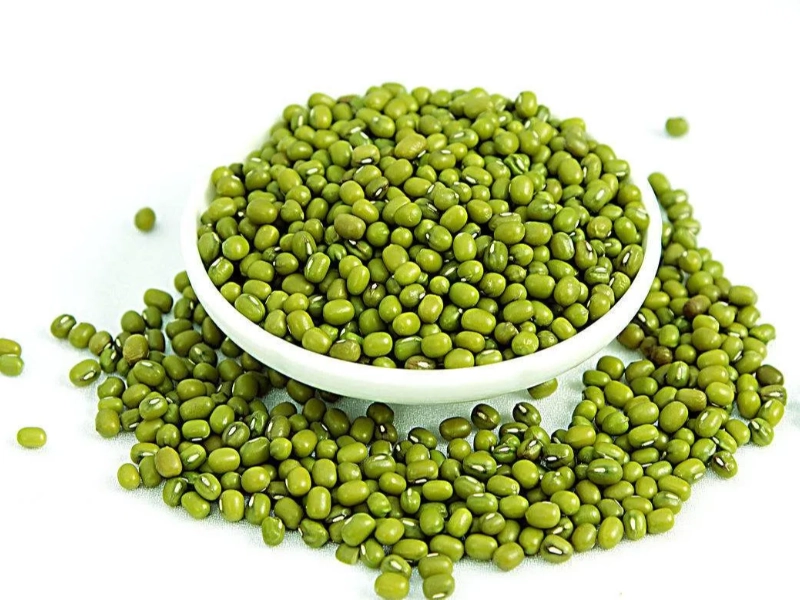
The minerals calcium, magnesium, and potassium—all of which regulate blood pressure—are abundant in this dark green vegetable. Moreover, sulforaphane, which lessens arterial damage, is present. Eat it fresh in a salad, on top of a flatbread like this Broccoli and Red Onion Flatbread, or slightly wilted in a side dish.
Hello Heart suggests aiming for four to five servings each week. Cruciferous vegetables like cauliflower and cabbage, as well as other dark leafy greens like kale, are also beneficial.
Nitrates, which are abundant in beets, have been demonstrated to help decrease blood pressure. Try putting beets in a salad or consuming their juice. Additionally, they can be found roasted or turned into chips.
Raspberries
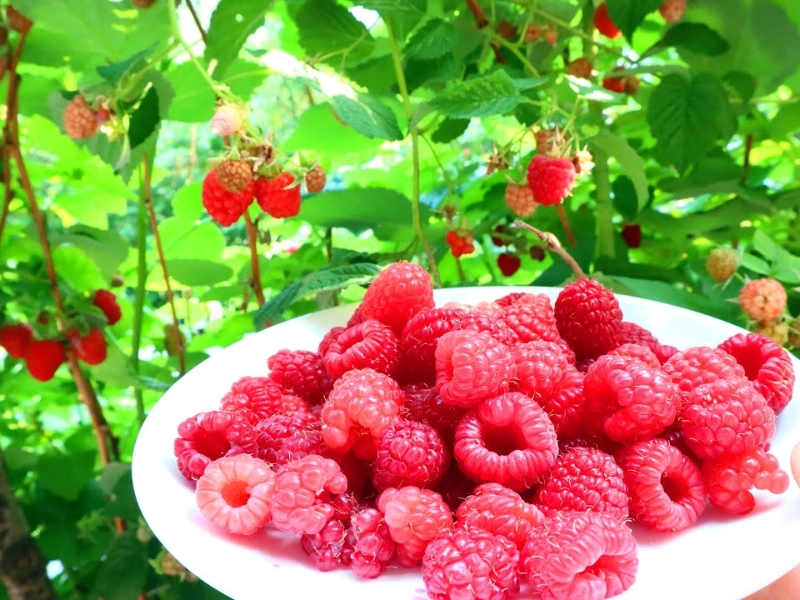
Researchers are looking into the blood pressure-lowering properties of blueberries. According to one study, consuming just one cup of these blueberries per day lowered the blood pressure reading's systolic value, which is the highest number. Because anthocyanins are naturally occurring molecules, they also enhance blood vessel function.
The vivid hues of fruits and vegetables are a result of these specific plant pigments. Consuming flavonoids, such as anthocyanins, has been associated in several studies with a decreased risk of heart disease.
Leafy greens are another vegetable you should include in your diet because they are high in fiber and potassium. You can sauté spinach, kale, and cabbage as a side dish or add them to salads. A new study found that taking a spinach supplement for just one week decreased both the systolic and diastolic blood pressure, demonstrating the particular benefits of spinach.
Advertisement
Recommended Reading: Is it allowed to eat two boiled potatoes per day?
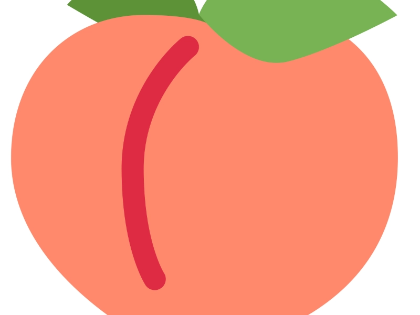
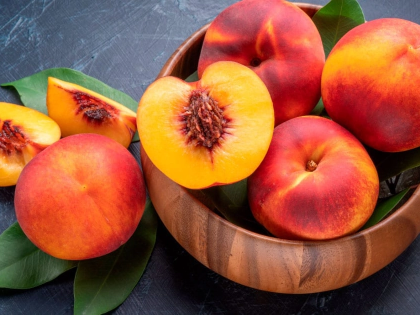

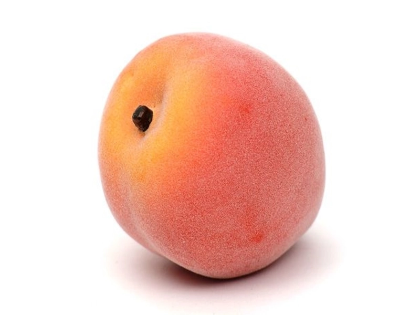

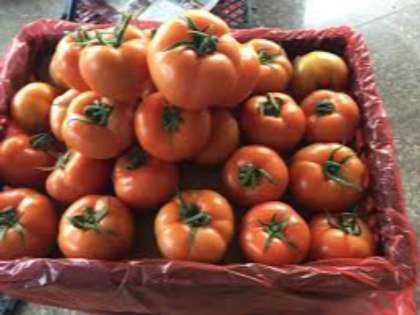


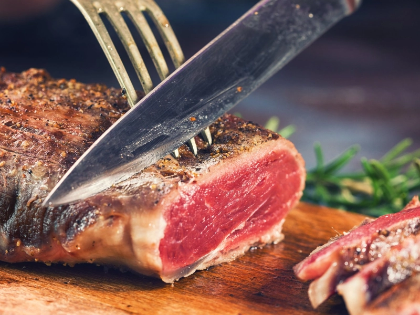
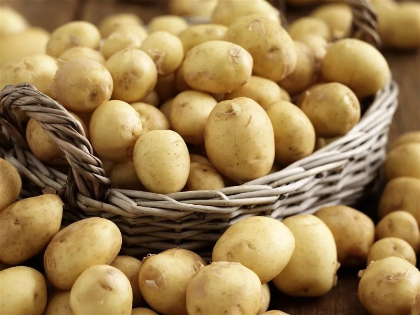
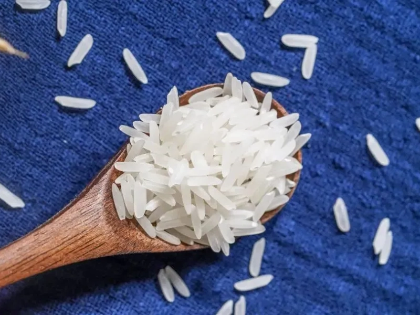
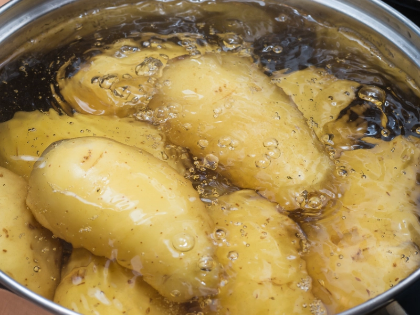
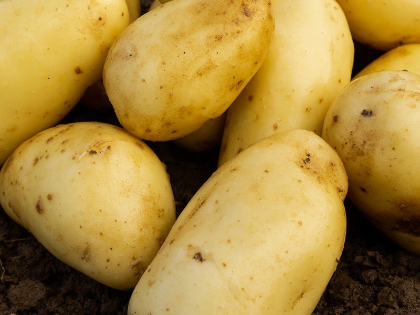
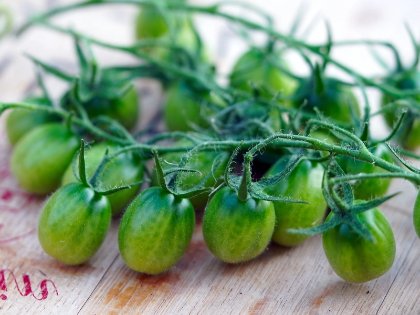
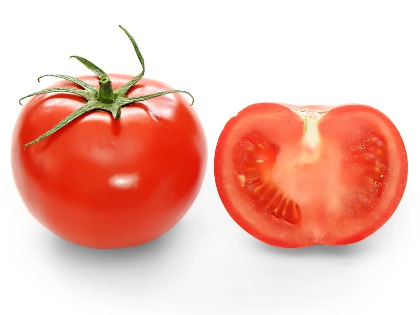

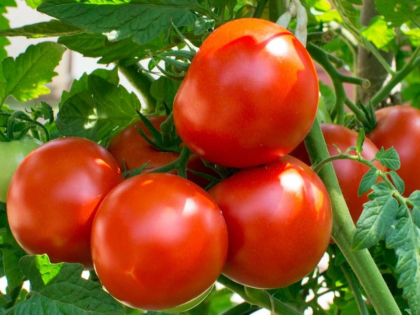
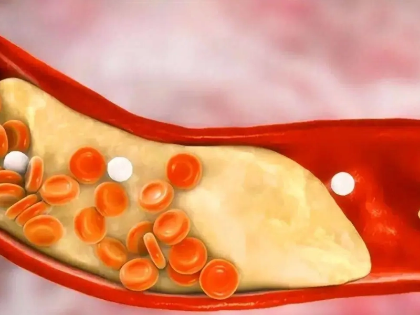
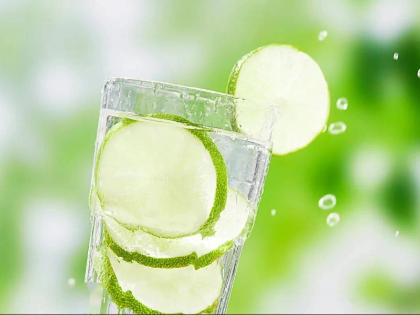

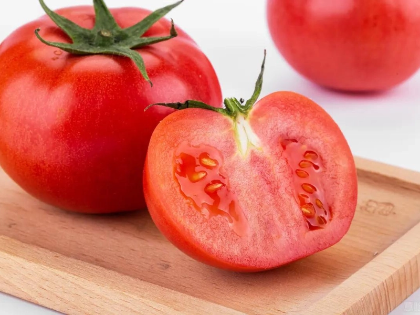
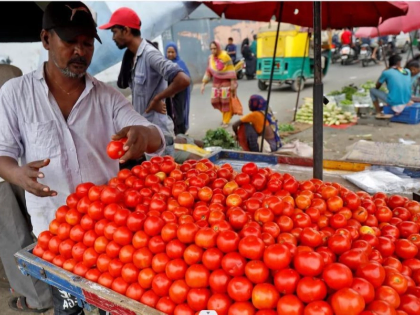
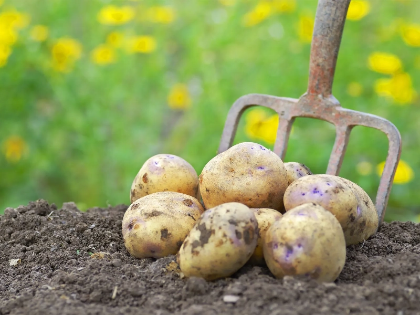
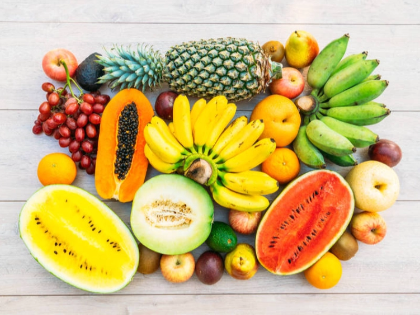
Practically latency-free adoption.
Transparent about unknowns.
Balanced optimism vs. realism.
Mitigates fragmentation pressure.
Maintains narrative altitude control.